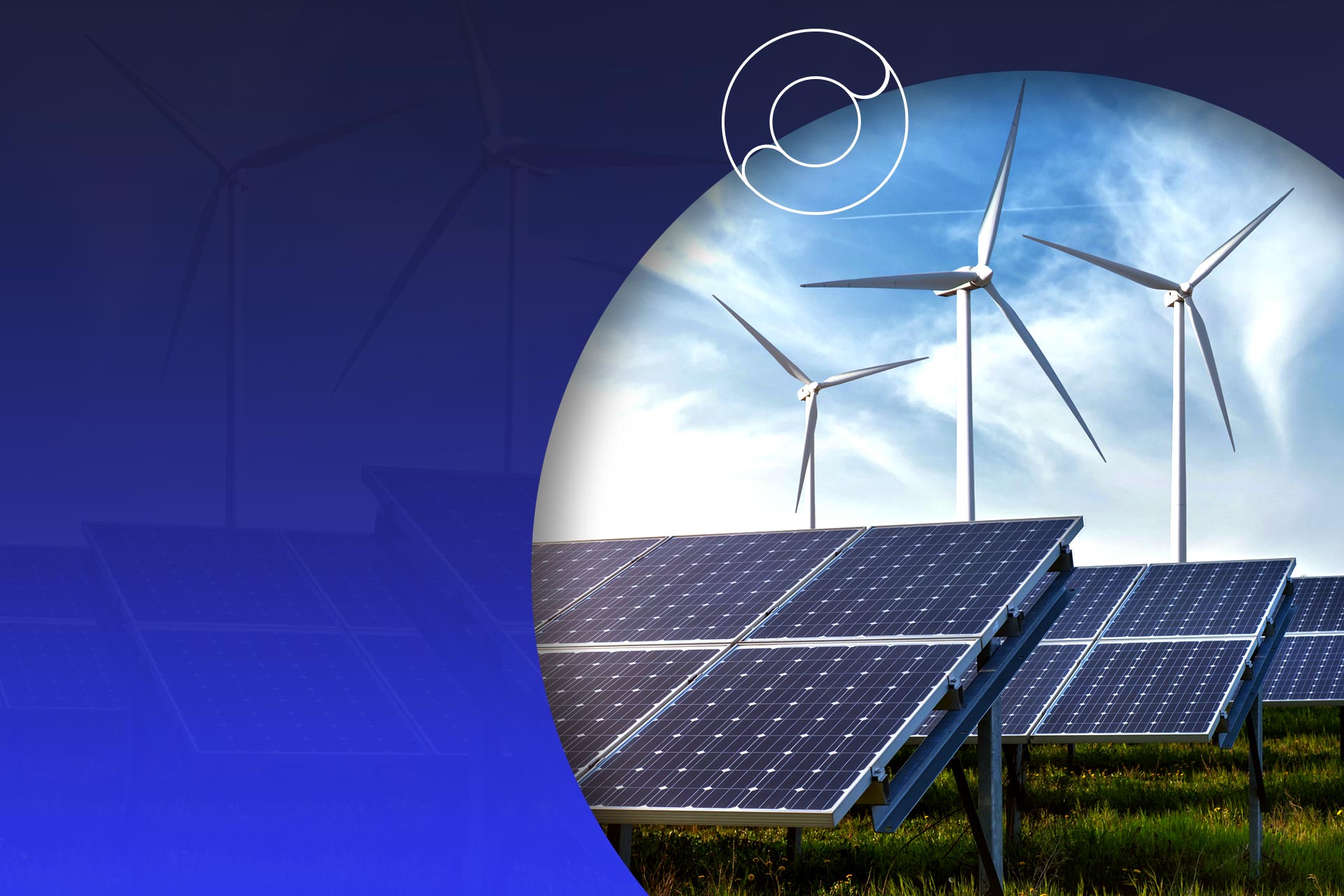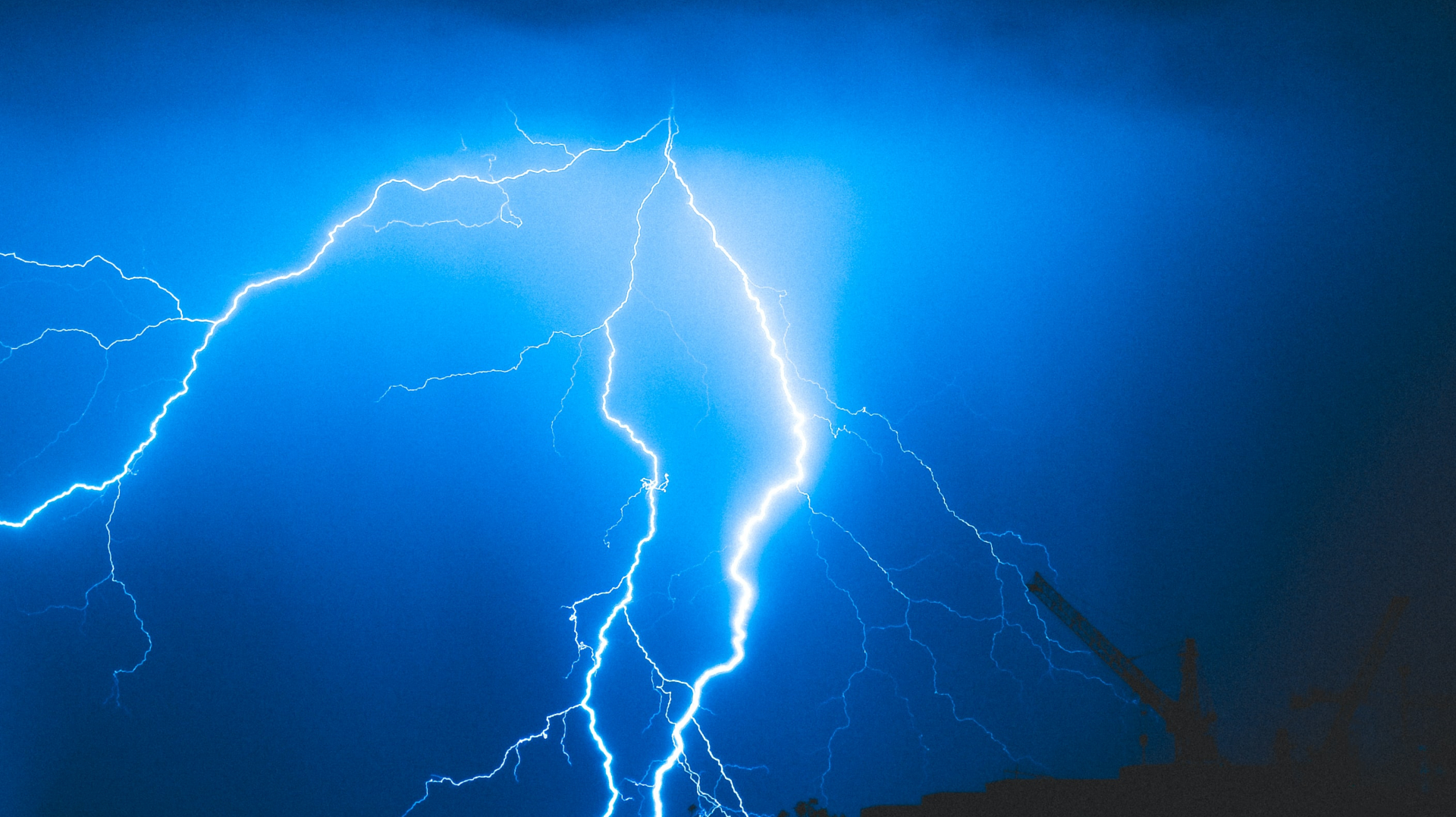
Could Auctions Empower the Transition to Sustainable Renewable Energy?
June 30, 2016 - Emily Newton
Revolutionized is reader-supported. When you buy through links on our site, we may earn an affiliate commision. Learn more here.
As the world begins its quest to end reliance on fossil fuels, companies have been racing to establish their own presence in the niche of renewable energy. In fact, the International Energy Agency predicts that renewable energy will account for at least 26 percent of global energy production by 2020. With that in mind, it’s easy to see why companies are interested in selling and, in some cases, auctioning off alternative energy to the highest bidder.
Global Supply, Demand and Production
Companies from all across the globe are currently establishing, maintaining and even selling their own excess supplies of alternative energy. Denmark, for example, is currently considered to be the world’s largest producer of wind energy. Prompted by a countrywide oil crisis in the 1970s, officials installed the very first wind turbine before the end of the decade. Today, Denmark’s wind turbines account for more than 40 percent of the country’s energy. Denmark officially started auctioning off its excess wind energy in 2002.
South Africa is also stepping up its production of renewable energy. By using a combination of wind turbines, solar energy cells, biomass, biogas and even hydroelectricity, South African officials have been able to vastly reduce the prices associated with wind power and solar power generation. Enel, an electricity company that once provided services exclusively in Italy, has recently begun construction of a 66-MW solar power plant under the brand Enel Green Power RSA, or EGP RSA.
Although Mexico introduced vast energy reforms in 2013 in hopes of ramping up its own alternative energy production, it didn’t begin auctioning off its reserves until 2016. Its initial auction, which purportedly offers up more than 2 gigawatts of excess energy, is to be operated by the Comision Federal de Electricidad, or CFE. However, Mexican officials have stated that future auctions could include any number of suppliers, distributors and private energy groups.
Renewable Energy in the United States
Many companies in the United States have also started to capitalize on the recent boon of renewables. Sol Systems, based out of Washington, D.C., serves to connect investors with credits in solar energy. Direct Energy Solar, formerly Astrum Solar, already provides renewable energy services in 12 different states, while BrightSource Energy focuses on solar thermal power generation on behalf of industrial and utility companies in all corners of the nation.
According to the U.S. Energy Information Administration, however, the majority of the power in the United States still comes from coal, natural gas or nuclear energy. While renewable sources like hydroelectricity, wind, solar and biomass are becoming more popular, the country still has a long way to go before it can end reliance on fossil fuels and fully embrace the benefits of alternative energy.
Pros and Cons of the Auction Process
There are a number of obvious benefits of using an auction platform to sell excess energy. First, it makes the entire industry much more competitive in general, which helps to keep prices low and regulations fair. It also helps to spread out the profits earned from such auctions across more companies and to more individuals, which ultimately has a greater effect on a country’s economy as opposed to a system that channels its profits to one or two large companies.
However, some drawbacks do exist. The complex nature of some of auction platforms, as well as the uncertainty of renewable energy in general, is definitely causing hesitation in certain companies. Moreover, some countries, including Denmark, have implemented a prequalification process that companies must undergo before making any auction bids. If a company fails to meet these standards for any reason whatsoever, it may see its opportunity in the market of alternative energy vanish right before its eyes.
Moving Forward With Renewable Energy
As you can see, there’s still a lot to consider, and a lot to overcome before we can fully embrace renewables. However, at least for the time being, it seems that some entities are perfectly happy selling their excess renewable energy reserves to the highest bidder.
Revolutionized is reader-supported. When you buy through links on our site, we may earn an affiliate commision. Learn more here.
Author
Emily Newton
Emily Newton is a technology and industrial journalist and the Editor in Chief of Revolutionized. She manages the sites publishing schedule, SEO optimization and content strategy. Emily enjoys writing and researching articles about how technology is changing every industry. When she isn't working, Emily enjoys playing video games or curling up with a good book.




